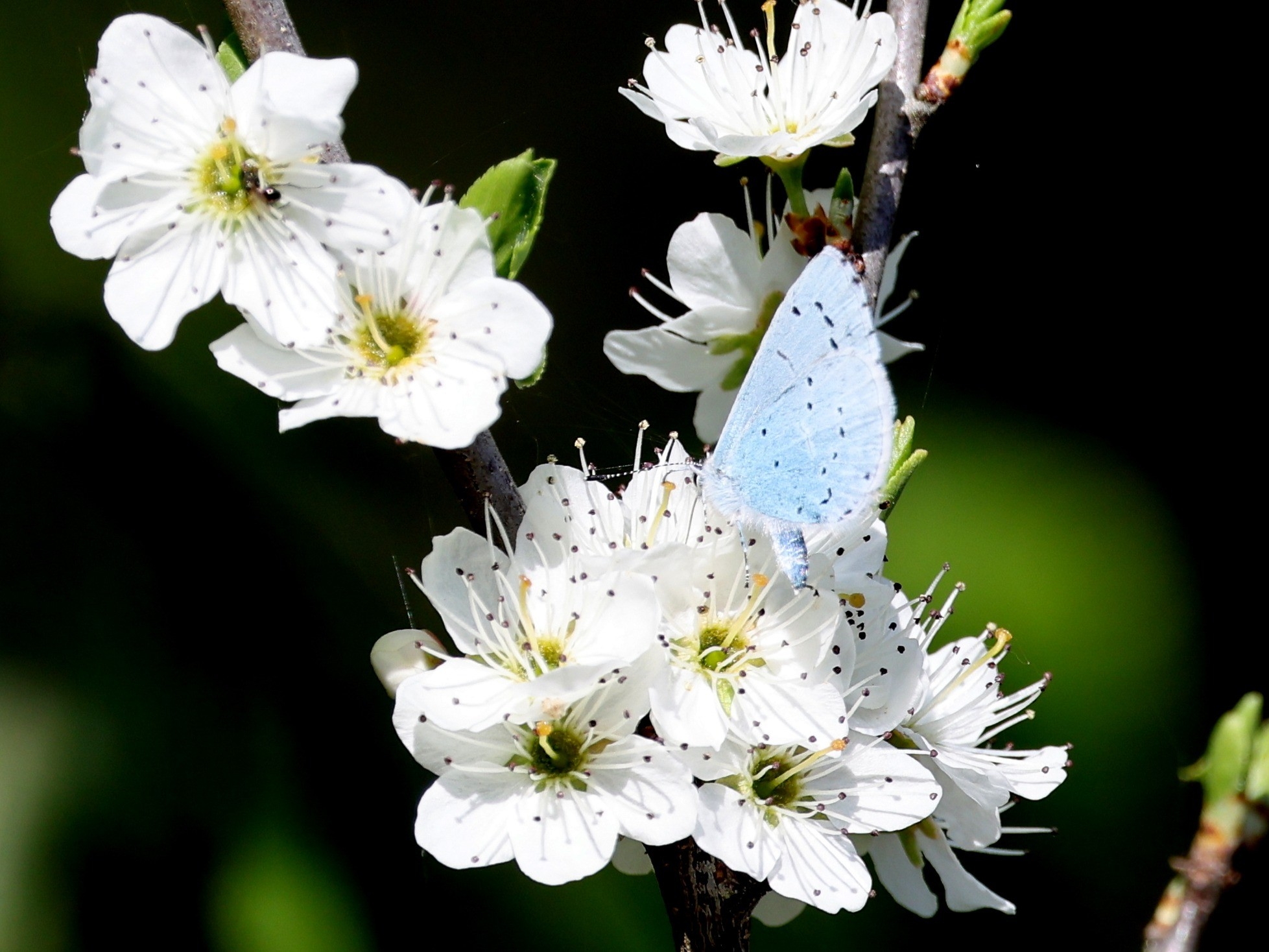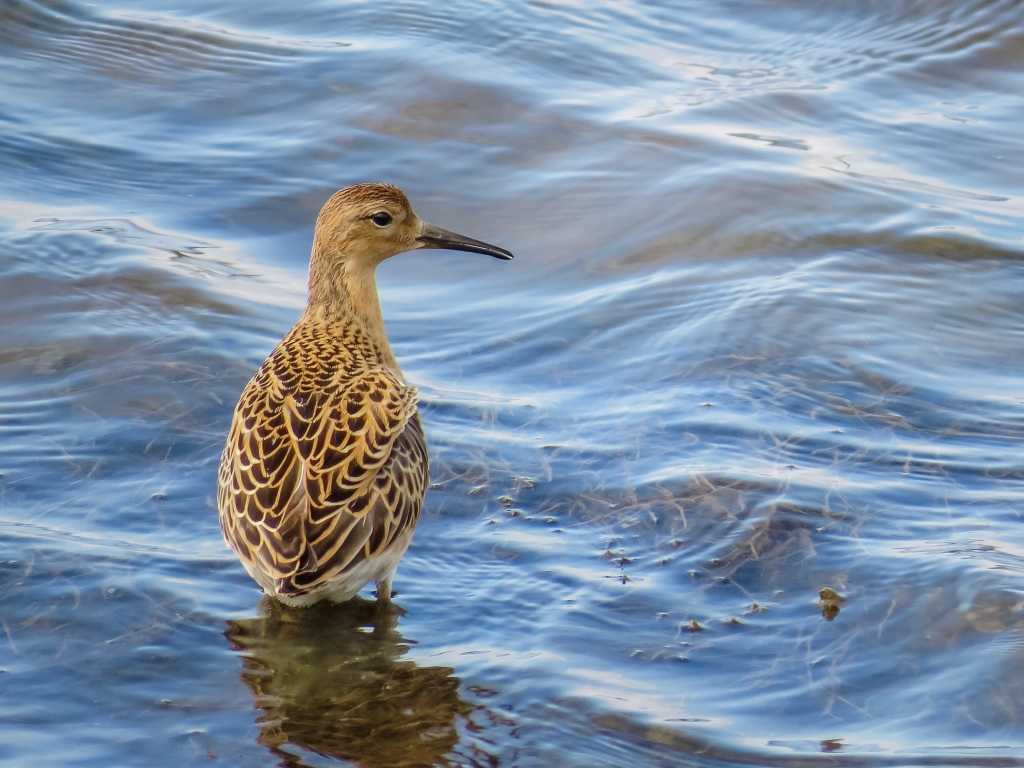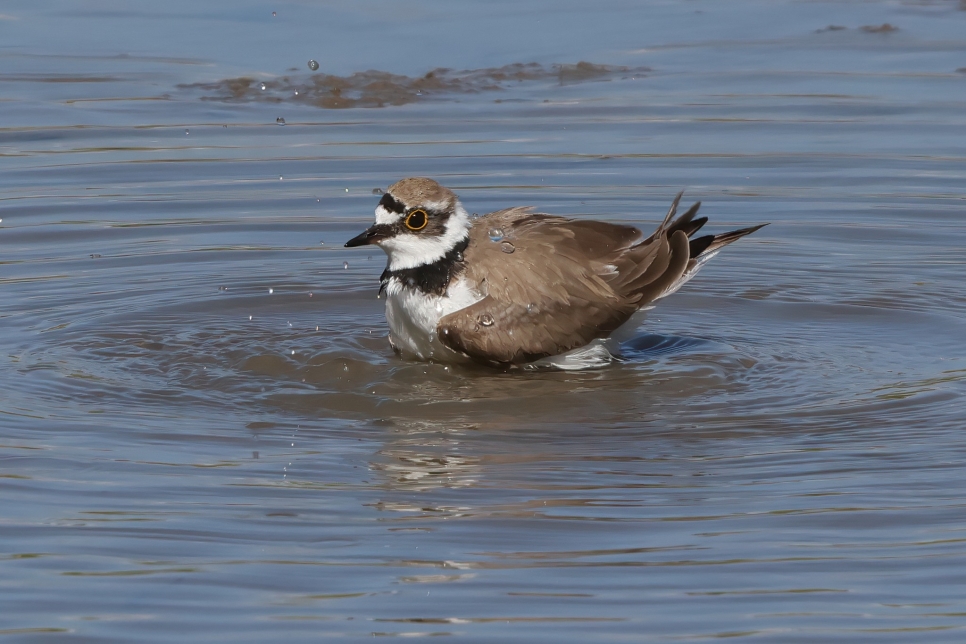Recent Sightings 2nd-8th April
Highlights: Cuckoo Flower, Willow Tit, Great Crested Grebe, Mallard Ducklings, Moths
Millennium Wetlands
Cuckooflower has been seen blooming across the Millennium Wetlands this week, also known as Lady's-Smock, it has pale pink flowers and prefers damp areas to grow, it blooms from April-June and is sign that spring has arrived, given the name Cuckooflower because it is supposed to coincide with the arrival of the Cuckoo bird in the UK.
The pair of Willow tits are continuing to be heard singing and calling in the Northern Loop; at least 2 pairs of Mediterranean Gulls appear to be getting ready to nest on the Stony Islands of Deep Water Lake in amongst the 500+ Black-headed Gulls; also on the Lake 2 Great Crested Grebes were seen Saturday morning mating; and Mallard ducklings are starting to show up around the Reserve and Grounds.
A moth light trap was run of the night of the 7th with 11 individuals of 6 species being caught, including: The Streamer, Hebrew Character, Common Quaker, Brindle Beauty, and Early Grey.
British Steel Hide
Large flocks of over 700 Black-tailed Godwits showed well on the Saline Lagoons on Friday Mornings count, alongside Curlew, Dunlin, Greenshank, and Redshank.
The Long-tailed Duck is continuing to reside with us on Dafen Scrapes, and can be seen in amongst Shelduck, Shoveler, Teal, and Tufted Duck.
Freshwater Lagoon
Around 35 Sand Martins were seen flying over the Lagoon on Wednesday afternoon to feed, and their calls were also heard; and a Male Pintail was seen here Friday morning.
Work for the reserves team this week has mainly been a lot of surveying, with Slow Worms and Grass Snake seen on the reptile survey; nest box monitoring has also started with lots of boxes already containing nesting materials; the team have also been keeping an eye on the Lapwing and Kingfishers monitoring their breeding progress; and the first butterfly survey was conducted with Small Tortoiseshell being seen.



